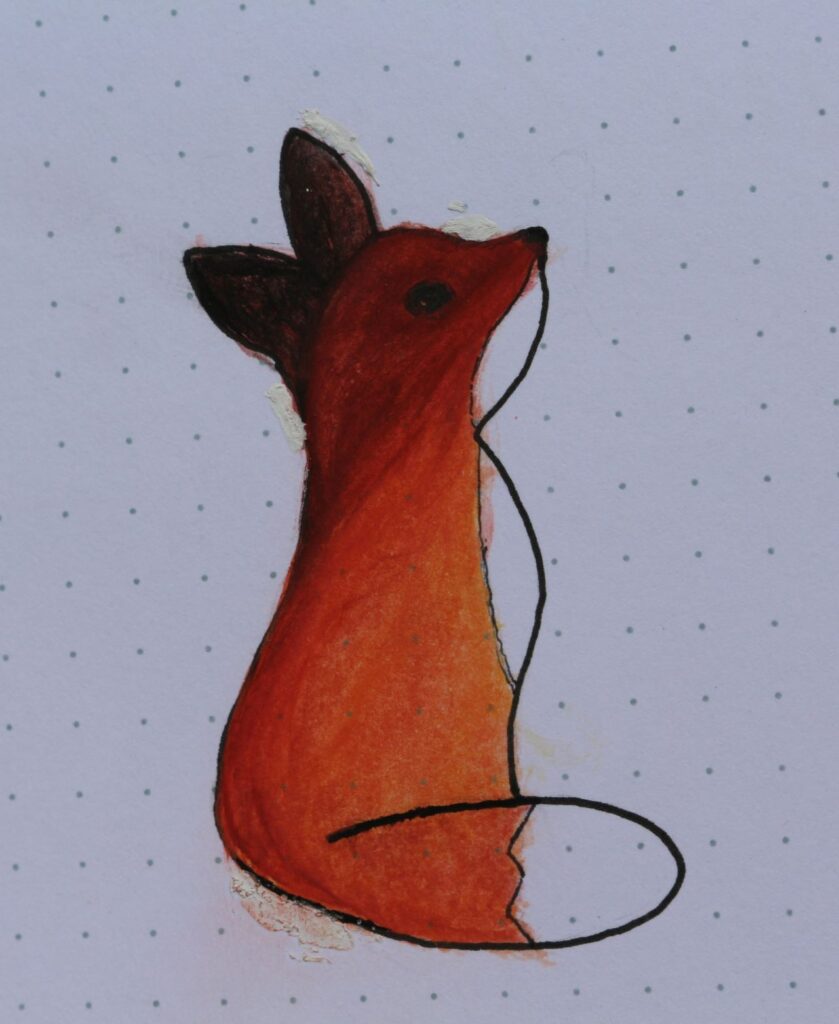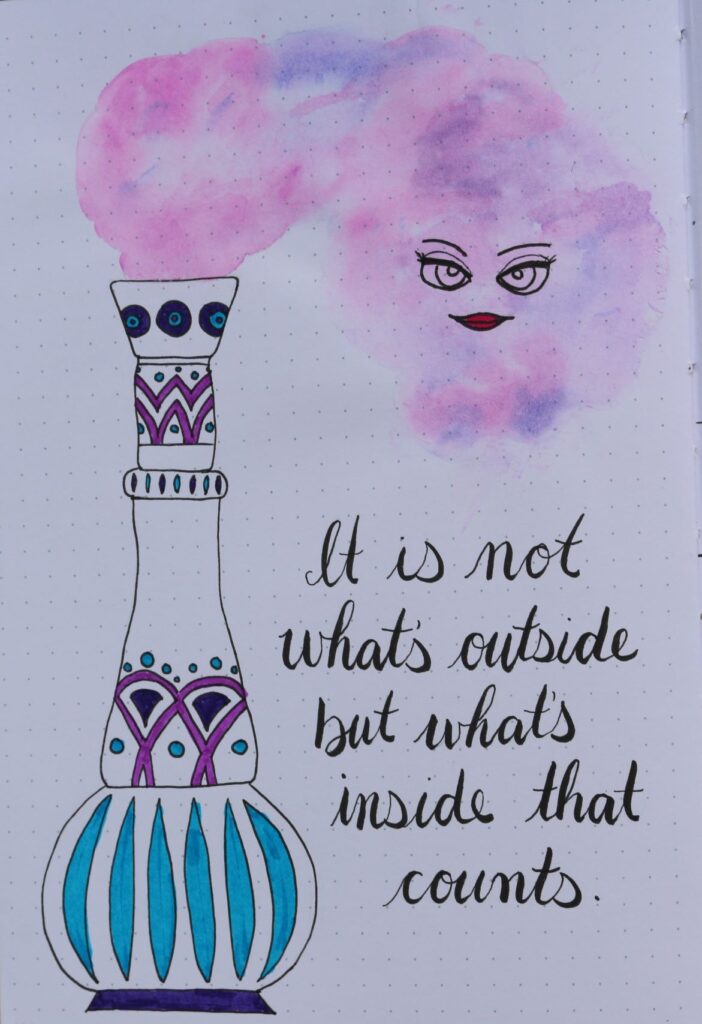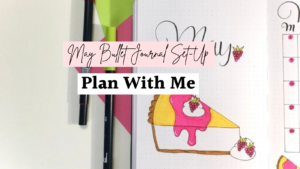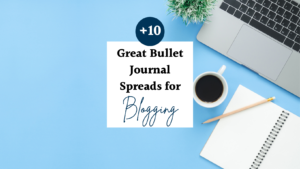Beginning to paint is an incredible journey! You get to discover your skills. It is a fantastic time to get to know yourself and your art style. When you first start painting, you have to learn all the lingo and all the different tools you need to use. One thing you need to learn is which of the different types of paint is the one for you!
There are a couple of different types of paint used in art. You have acrylic, watercolour, oil, and gouache paint. They are all great in their own right, but not every paint is perfect for you. They all have their own pros and cons. Learn more about the different paint types to figure out the best one for you!
(P.S.: I am not an expert. These pros and cons are based on my own experience and some research.)
Acrylic Paint
Acrylic paint is my paint of choice! In my opinion, it is the easiest paint to use. When I am painting, acrylic paint makes it easy to mix the right colours. I can easily blend the colours and create the images I am aiming for. The paint is easy to apply to the canvas. It is thick enough to create beautiful and saturated images. It covers well enough so you do not see the white of the canvas. Acrylic paint is also fast-drying. Because the paint dries quickly, you can finish the painting faster than with some other paints. With how impatient I can be, this is a huge bonus for me!
Though I love to use acrylic paint, there are some downsides. The paint dries really quickly on the canvas, which makes it difficult to blend. I like to create skies, but the paint dries so fast that the colours do not always blend as well as I want them to. You can also lose a lot of paint because it dries so fast on the pallet. When you step away from your pallet to tell your painting dry, your paint is typically dry when you come back.
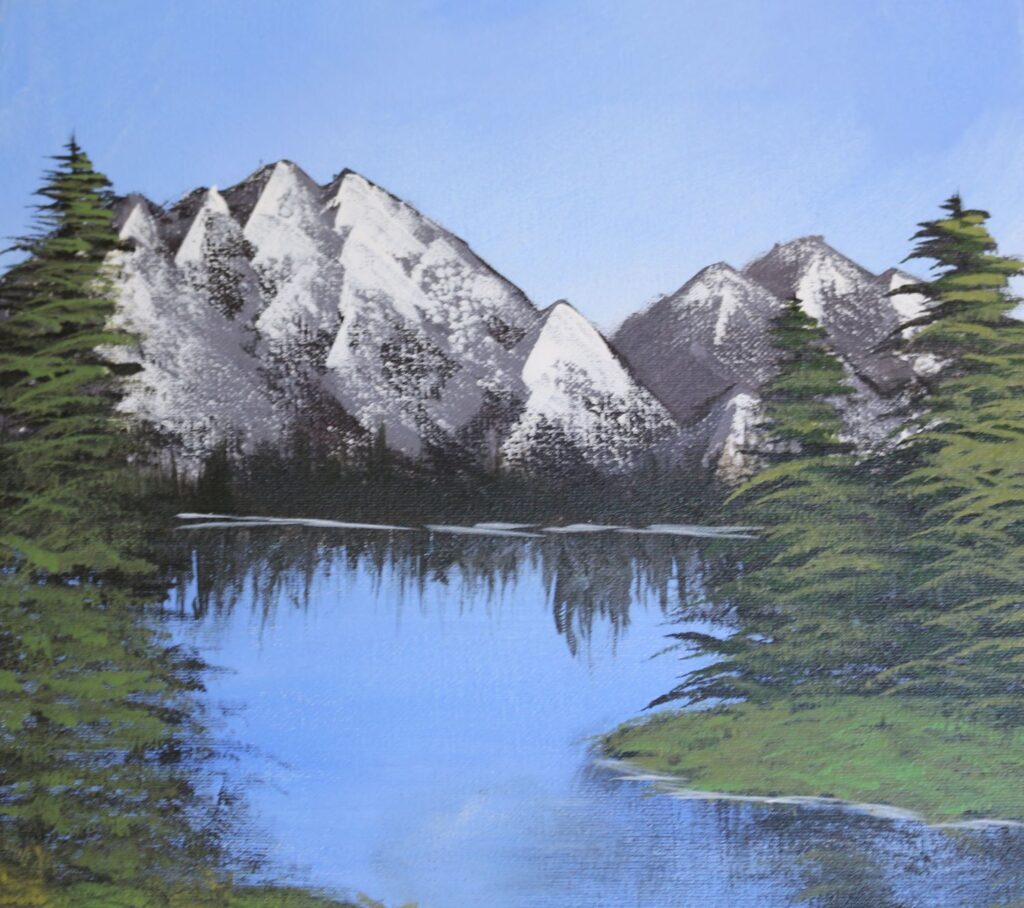
Pros
- Dries quickly
- Easy to manipulate
- Popular (lots of resources to show you how to use it)
- Relatively cheap
Cons
- Hard to mix on the canvas
- Dries on the pallet quickly
Watercolour Paint
Watercolour painting is a lovely form of art! This paint creates an elegant and delicate look. It can be a little harder to control compared to the other because of the water, but the unpredictability of the strokes and paint can create some beautiful paintings! The designs you see with lots of colours splatters behind some text or in a picture are typically the watercolour look.
One nice thing about watercolours is that they do not become useless when they dry out. You can reactivate them with water. Unlike other types of paint, watercolours can dry out on your pallet and you can still use them by adding water. This also makes it easier to fix mistakes in your paintings because you can always add more water to move around the paint.
Personally, I find watercolour paint to be one of the hardest ones to use. The colours are difficult to control because of the excess amount of water. I have trouble figuring out how to place the colours and get them saturated enough to create a nice image. That’s just me though! Lots of other people are great at watercolour painting and can make amazing pictures.
Pros
- Cheap
- Lots of resources to teach you
- Elegant paintings
- Reactivated with water
Cons
- Harder to control
- Warps the page (if not the proper thickness)
Oil Paint
Next up, we have oil paint. This paint is the professional one. I would not necessarily recommend it to a beginner. It does make some of the best paintings though.
If you are looking for texture, oil is the best type of paint. The paint is thicker and so it can create those bumps on the canvas or paper. Also because the paint dries more slowly than others, you can work with it for a while without worrying about them drying on the canvas or your pallet. It allows the colours to be more easily blended on the canvas. Additionally, oil paints come in so many colours and because they are easy to mix, you can create so many more colours too.
However, oil paint does have some downfalls. First and most importantly, oil paint can be toxic. It is best not to breathe in the fumes from the paint for too long. That is why it is recommended to paint in a room with lots of ventilation or with a window open. Oil paint does create some masterpieces, which is why people still use it. You just have to proceed with caution.
The best oil paints are also very expensive. (Other paintings are pricey too, but oil paint is particularly costly.) When you are creating texture in your paintings, you also need quite a bit of paint.
My personal experience with oil paint was not great. I tried to create a painting with a pallet knife, but the paint took at least a month to dry. At that point, I had moved on to other paintings and never continued that one. (You might be able to tell that I have a personal grudge against oil paint.)
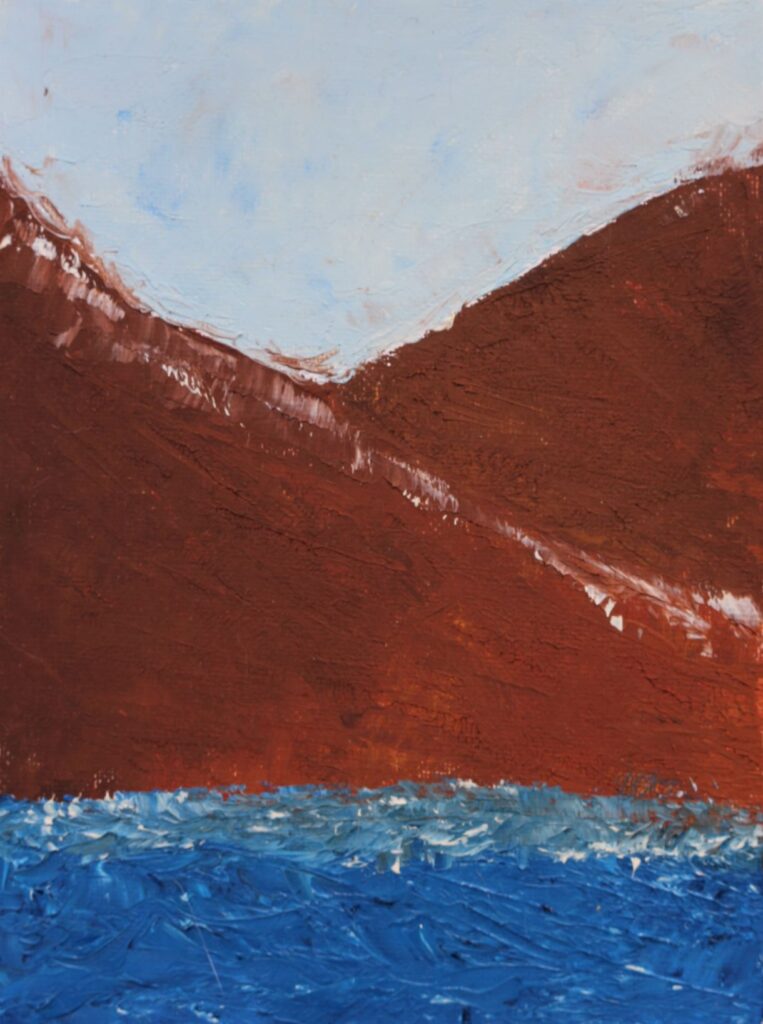
Pros
- The fanciest paint
- Creates textured paintings
- Easy to mix colours because it dries slowly
Cons
- Dries too slowly
- Very pricey
- Toxic
Gouache Paint
I will admit, I have never used gouache paint. It is relatively new and less known than the other types of paint. As an amateur painter, I have not ventured into too many areas of painting yet. However, I will tell you what I know.
From what I understand about gouache, it is a mix between watercolour and acrylic painting. Gouache is basically opaque watercolour paint. This means that it is less see-through, so it covers the canvas a little better. This paint type can be used by applying a thick layer, which creates more of an acrylic look (though it is more matte). These thicker layers are typically pretty vibrant. Gouache can also be applied thinly, like watercolours.
Like watercolour paint, gouache can be reactivated once dry. If you apply water after it dries, the paint will start to move and the colour will move. Therefore, you can move the paint around a little if you make any mistakes. Gouache is a great medium for beginners!
One thing you need to keep in mind with gouache is that when it dries, it either lightens or darkens. Because the paint needs to dry, the colour might be subject to change a little bit. So be aware that the colours might not be the exact ones you painted. Also if you are looking for a glossier paint look, you may want to stick with acrylics as gouache is a more matte finish paint.
Pros
- Opaque
- Dries quickly
- Vibrant or dull depending on the amount of water
- Easily fix mistakes
Cons
- Dries a different colour
- Not as well known as the other paint types
- Warps thin pages (not as much as watercolour though)
There you go! Now that you know more about each paint type, you can figure out which one is for you. There are advantages and disadvantages to each, but our painting styles are all different. We all need different things to create our paintings. Hopefully, this helps you to better understand the diverse paint types and to choose the best one for you!

